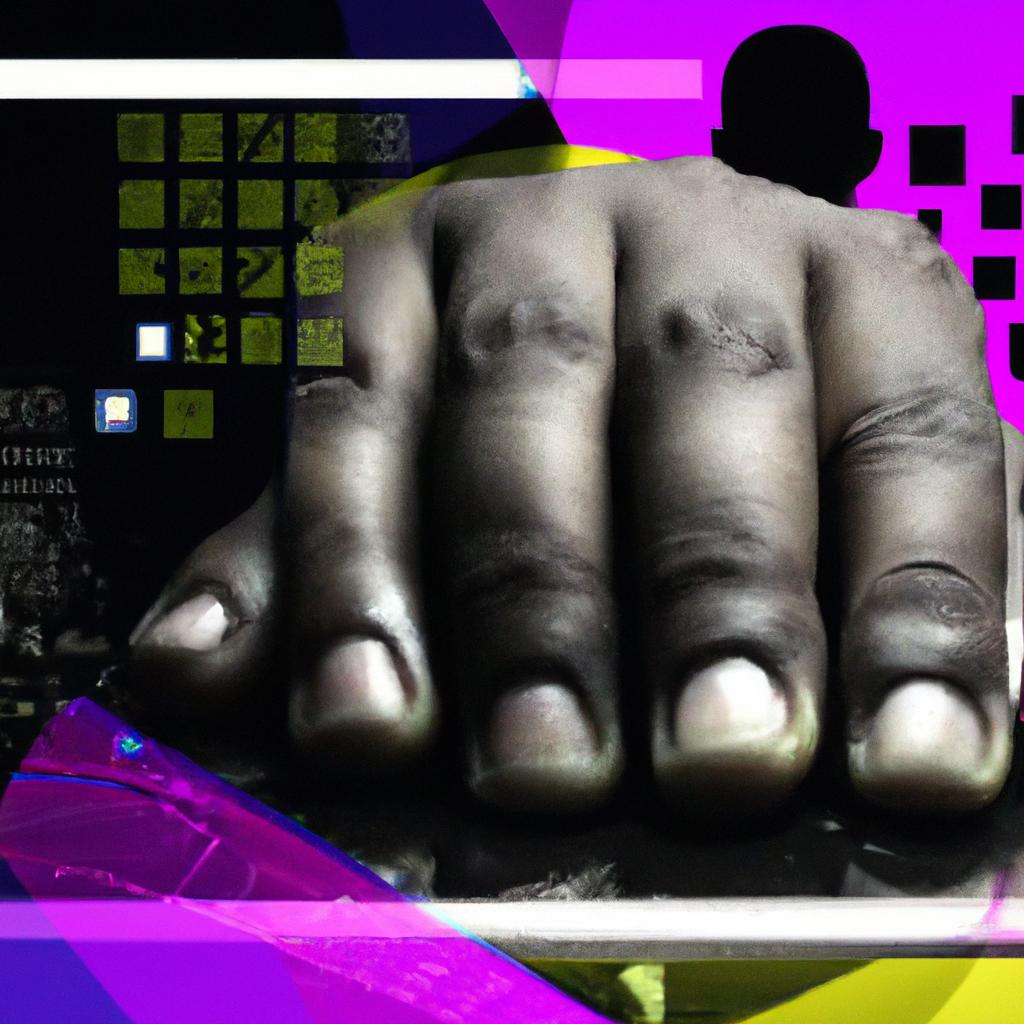In an era defined by rapid technological advancement, the digital landscape has expanded at an unprecedented pace, shaping how we communicate, learn, and work. Yet, as we celebrate the triumphs of the digital age, a stark reality remains: millions around the globe still find themselves on the wrong side of the digital divide. In underserved areas, access to technology and the internet is not merely a question of convenience but a significant barrier to opportunity, education, and equity. This article delves into the complexities of bridging this divide, exploring the innovative solutions being implemented and the challenges still faced by many communities. By illuminating the stories of those impacted and the efforts to change the narrative, we aim to highlight the critical importance of ensuring that the promise of technology is available to all, regardless of location or socioeconomic status. Join us as we navigate the intricate landscape of technology access in underserved areas and envision a more inclusive digital future.
Exploring the Landscape of Digital Inequality
In today’s hyper-connected world, the chasm between those with easy access to technology and those without is starkly evident. Many underserved areas grapple with inadequate infrastructure, limiting their ability to engage with the digital landscape. This inequality manifests in several key ways, including:
- Internet Accessibility: High-speed internet remains a luxury in numerous rural and economically disadvantaged urban areas.
- Device Availability: Many individuals lack access to essential devices like smartphones and computers, which are imperative for digital interaction.
- Digital Literacy: A significant gap in skills persists, hindering individuals from maximizing the technology available to them.
Addressing these disparities requires multifaceted solutions that combine community efforts, governmental policies, and private sector involvement. Various organizations are rising to the challenge by implementing targeted programs aimed at:
- Infrastructure Development: Investing in the necessary broadband and cellular networks to ensure connectivity.
- Device Donation Programs: Facilitating access to computers and tablets for those in need.
- Education and Training Workshops: Equipping community members with the skills needed to thrive in a digital economy.

Innovative Solutions for Expanding Connectivity
In the quest to bridge the digital divide, technology leaders are harnessing creativity and innovation to bring connectivity to underserved areas. From solar-powered Wi-Fi towers to mesh networks that utilize existing infrastructure, these solutions capitalize on sustainability while delivering internet access. Key approaches include:
- Community-based projects: Local volunteers help build and maintain networks.
- Mobile hotspots: Transportable units that provide on-demand connectivity.
- Public-private partnerships: Collaborations that expand reach through shared resources.
Moreover, the role of satellite technology is gaining attention, allowing previously isolated areas to connect to the global network without extensive ground installation. This technology offers high-speed internet, ensuring equal opportunities for education and economic growth. Insights from recent initiatives demonstrate promising results:
| Initiative | Location | Impact |
|---|---|---|
| Project Connect | Rural Community X | 40% increase in digital literacy |
| Wi-Fi for All | Urban Area Y | 50% more jobs created |
| Smart Bridge | Remote Village Z | Improved access to healthcare services |

Empowering Communities through Technological Education
In an era where technology permeates every aspect of our lives, the quest for equitable access has never been more critical. Educational initiatives aimed at providing modern technological skills empower individuals in underserved communities, giving them the tools to compete in a rapidly changing job market. By investing in community training programs, access to digital resources can be broadened across age groups, enhancing not just individual capacity but also community resilience. Some key components of these programs include:
- Workshops focusing on digital literacy
- Interactive coding and STEM classes for youth
- Online safety and information literacy courses
- Partnerships with local businesses to provide mentoring
In addition, collaborating with local organizations offers opportunities for resources and outreach that are culturally and linguistically relevant. Funding and sponsorship can be solicited through government grants, private donations, and corporate partnerships, ensuring that these educational pathways remain sustainable. Here’s a simplified look at potential funding routes:
| Funding Source | Description |
|---|---|
| Government Grants | Funding aimed at enhancing tech education in low-income areas. |
| Private Donations | Support from individuals who recognize the value of tech education. |
| Corporate Sponsorships | Partnerships that provide resources and tools directly from tech companies. |

Collaborative Efforts for Sustainable Access Initiatives
In the pursuit of equitable technology access, collaborative efforts have emerged as a beacon of hope for underserved communities. Organizations, governments, and private entities are uniting to spearhead initiatives that focus on providing essential resources and support. Key stakeholders are leveraging their unique strengths to create synergies that foster sustainable development. These partnerships are not only about bridging the infrastructure gap but also about nurturing digital literacy and empowering individuals to utilize technology effectively. By pooling expertise and resources, collaborations can develop tailored solutions that resonate with local needs, making technology more accessible to everyone.
A holistic approach often involves various components that contribute to long-term sustainability and impact. Some of the important elements include:
- Investment in local training programs to enhance digital skills.
- Deployment of affordable internet access points in remote areas.
- Creation of community-driven tech hubs for ongoing support and innovation.
- Development of open-source tools that cater specifically to underserved demographics.
Additionally, by establishing networks of accountability and feedback, stakeholders can continuously adapt their strategies to meet evolving community needs. As these partnerships grow, they not only provide technology access but also cultivate a sense of ownership and agency within communities. This multidimensional approach ensures that the benefits of technology are sustained and perpetuated across generations.
In Conclusion
as we navigate the intricate landscape of technology access in underserved areas, it becomes clear that bridging the digital divide is not merely a technological challenge, but a profound societal imperative. Each step we take towards ensuring equitable access to digital resources not only enhances individual opportunities but also fortifies the very fabric of our communities. The stories of resilience, innovation, and collaboration spark a hopeful narrative that inspires us to envision a future where technology serves as a bridge rather than a barrier. As we look ahead, let us commit to fostering partnerships, advocating for policy changes, and harnessing creativity to ensure that every individual, regardless of their background, has the chance to partake in the digital revolution. Together, we can transform the dream of universal connectivity into a tangible reality, empowering countless lives and nurturing a more inclusive world for generations to come.

